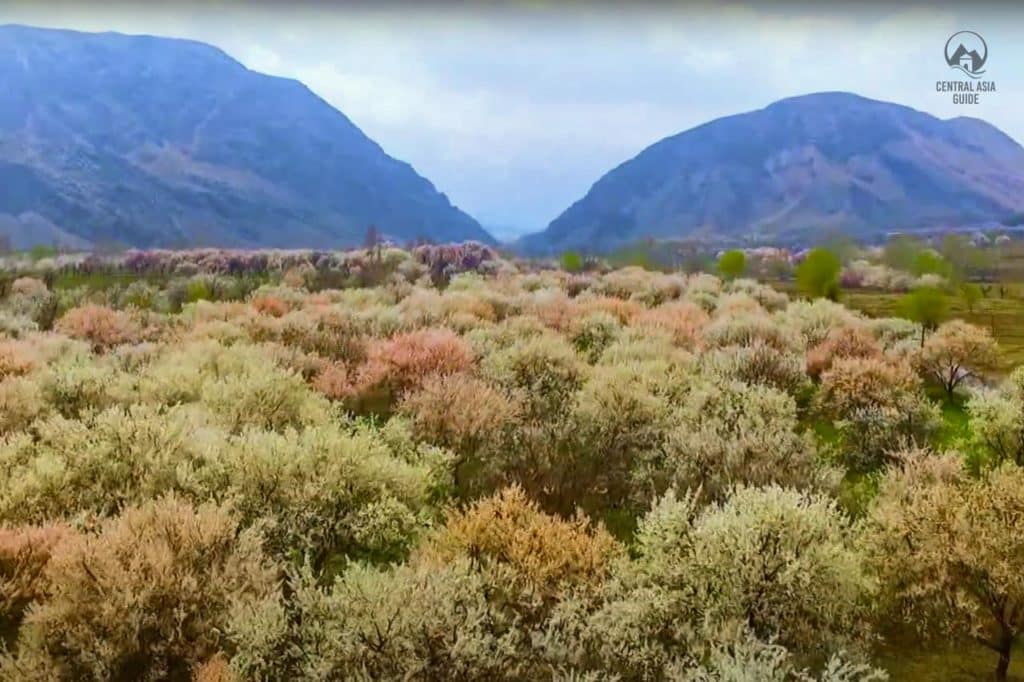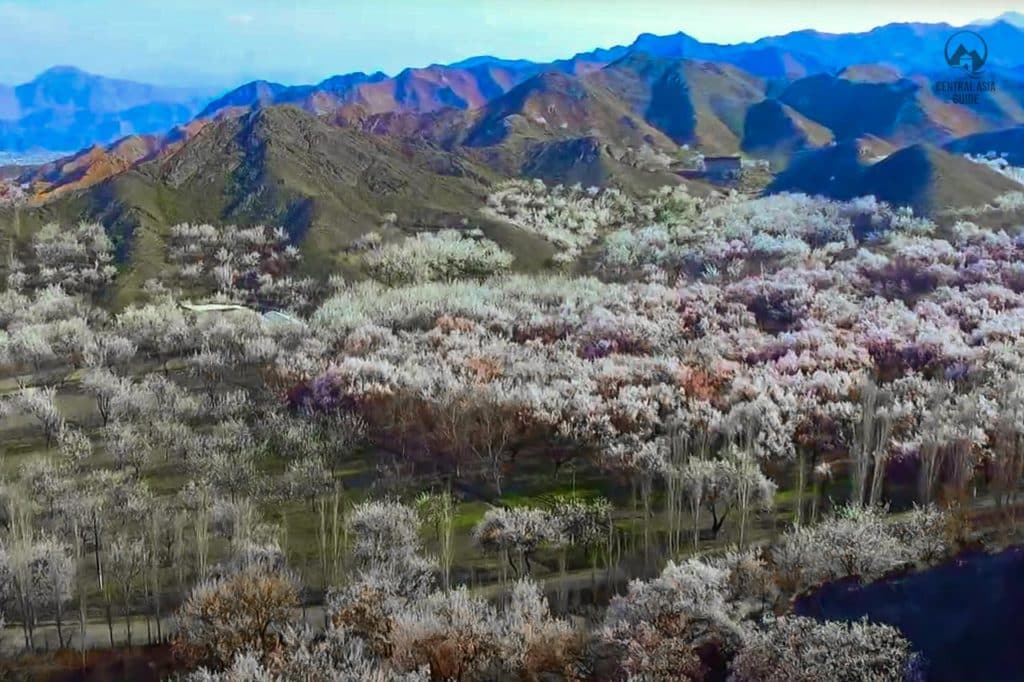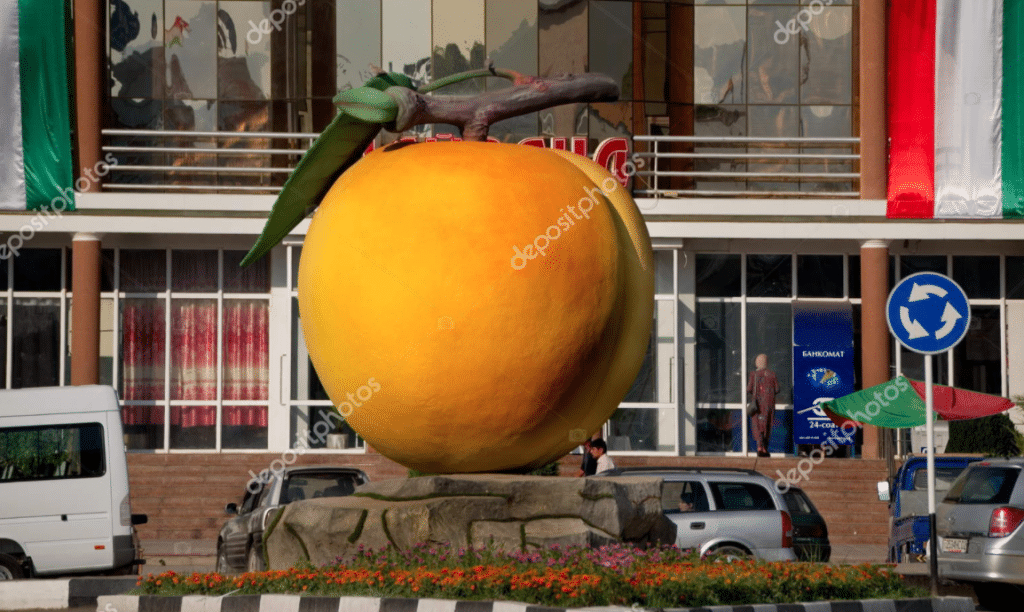Isfara
Isfara
Isfara is located in Northern Tajikistan, in the Sughd region, next to the border with Kyrgyzstan. It belongs to the territorial dispute area between Tajikistan and Kyrgyzstan along the Isfara Valley and is also not far from the Uzbek border either. East from The town is between bigger cities like Khujand in Tajikistan, Kokand in Uzbekistan and Batken in Kyrgyzstan. South from Isfara you can also find the Vorukh enclave, a piece of Tajik land inside Kyrgyzstan that has been also the place of local clashes in 2019 and 2021. Apparently Tajiks were trying to establish a connection from Isfara to Vorukh but the situation in the area remains unclear.
It is the perfect place to stop for a coffee or eating in one of the tea houses by the riverside if you are heading to Tajikistan from Kyrgyzstan or vice versa (if the border is open). This is actually the reason of arrival for the majority of travelers reaching Isfara, they are on their way between Osh and Khujand as the road from Isfara continues east to Batken and then to Osh. This all said, the Isfara area has a lot to offer for someone who has time to explore the region.
The history of the town dates back possibly a lot further than the 10th-century but it is when it first appeared in the history books. Isfara, once known as Asbara, is one of Central Asia’s oldest towns. Today’s modern city was only established in the 16th-century onwards when it was recognized as a major trading route and a vital stop along the Great Silk Road. Today Isfara is still a significant trading route although on a much smaller scale than it once was.


Isfara sights
Set in the southern middle part of the remarkably fertile Fergana Valley, a diverse range of trade industries is found in Isfara from construction to agriculture. But what Isfara is especially known for, are its legendary apricots. Otherwise the town is full of well preserved Soviet architecture from 1960 – 1980s with parks and mosaics.
Isfara apricots & Apricot Monument
The Central Asian capital of apricots has highlighted its status by a giant fiberglass Apricot Monument that rises proudly in the middle of a roundabout in the center of town. It is refreshing to see an apricot monument in the region where mainly Somoni, Rudaki, or Lenin monuments are installed. The locals also utilize the apricot wood to produce skillful wood carving products like instruments and other small items together with large items like wooden carved doors and tapchans (outside tea rooms).

Isfara History Museum
It’s worth to start exploring the city from the History Museum. It presents exhibits on the region’s natural history and includes a collection of old Soviet-era artifacts. You can get a picture of the region and the various invaders and settlers who have shaped the city, from its medieval mosques to the golden statue of Lenin.
Isfara Bazaar
Isfara bazaar stands just next to the big roundabout where stands a giant apricot monument. Bazaar offers of course apricots but also various vegetables and fruits from the region. It is also a great place to purchase some of the wooden products made from the apricot wood.
Isfara mosques
There are several old mosques in Isfara. Many of them boast with the very colorful inner roofs that you can also find a lot in Uzbekistan which is not a surprise as before the Russian and Soviet times, this region was mostly Uzbek.
Near Isfara
Chorku mosque
On the way to Vorukh from Isfara there is a small village of Chorku. There is a beautiful mosque in the village from the 18th century but in the courtyard of this mosque there mausoleum of Kasim, allegedly a descendant of Ali. Inside the mausoleum you can see wood carving that is more than 1000 years old (Between 8th and 10th century AD). The carvings predate the islamic era in Central Asia and therefore depict a lot of animals and other ornaments that have been otherwise mostly lost to the time in the region.
Shurab ghost town & coal mine
Only about 10 km southwest from Isfara, is the ghost town of Shurab (partly ghost town). This used to be a coal mining town during the Soviet era but like on many other locations, the mine stopped working after the collapse of the Soviet Union. There are still some miners working at the site, digging coal by hand as most of the Soviet equipment is not functioning any more. If you are into Soviet relics, abandond machinery and dilapidated towns built for one purpose, Shuhrab is your definately on your bucket list of Central Asia.
Travel to Isfara
You can get to Isfata from Khujand by minibus or shared taxi by traveling the distance of 107 km just in two hours. They depart from Khujand’s Isfara bus stand at the southern end of Lenin street. From Osh and Batken (Kyrgyzstan) you can easily get to Isfara by shared taxis and minibusses if border is open. (Not open in 2023)
Other sights & destinations near Isfara
Page updated 1.6.2023